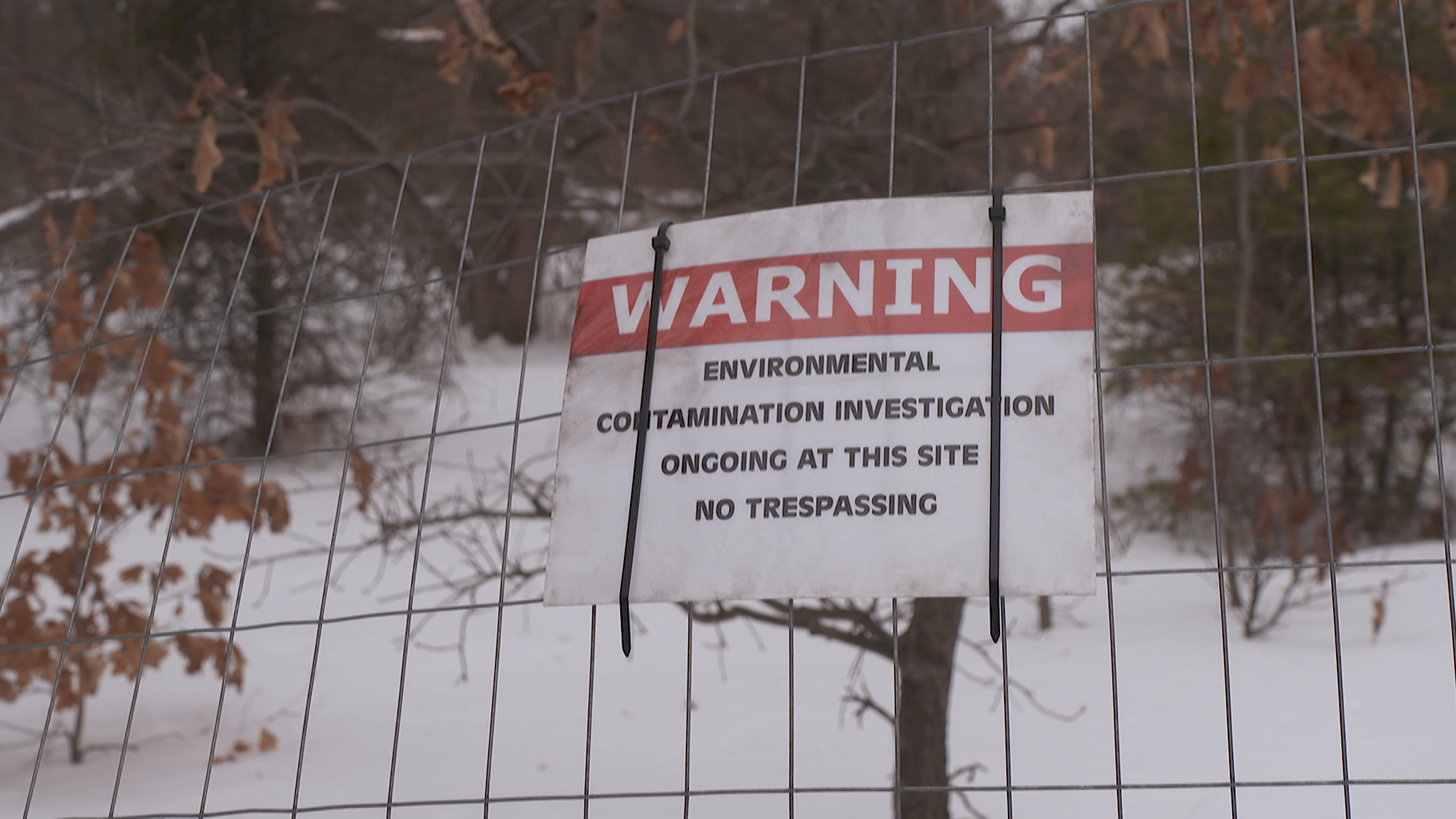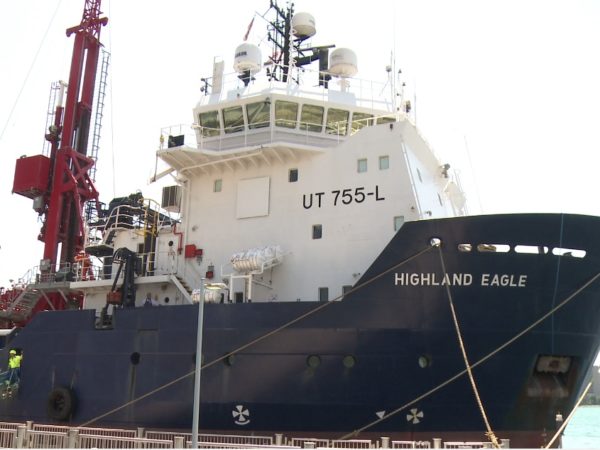
Over 77% of voters in Minnesota approved an extension of the Environmental and Natural Resources Trust Fund (ENRTF), that will continue to pay for conservation efforts for another 25 years. Funding for this casts a wide net, from outdoor education and trail investments, to invasive species and PFAS removal. The ENRTF was approved as an amendment to the Minnesota Constitution of the State in 1988, and generates funding from the Minnesota State Lottery.
Expected to be the largest of its kind in the state, the city of Woodbury, Minnesota broke ground on its $330 million water treatment plant. The plant aims to scrub toxic PFAS chemicals from 32 million gallons of water daily and to be fully operating in 2028. According to reporting from The Minnesota Star Tribune, much of the cost will come from 3M settlement money.
On October 31, Michigan Attorney General Dana Nessel filed a lawsuit against Pennsylvania paper company, Ox Paperboard. The lawsuit alleges that the facility in St. Joseph County has released untreated wastewater containing per- and polyfluoroalkyl substances (PFAS) into the White Pigeon River, repeatedly.
The Indiana Class B PFAS Foam Collection Initiative ends December 30, 2024. The initiative was passed by the Indiana General Assembly in 2020, that started the state-wide collection and disposal of toxic firefighter foam, and is now stopping as the contract with the disposal company is running out, according to Rebecca Thiele at WFYI Indianapolis.
According to reporting by Bloomberg Law, residents near East Liverpool, Ohio’s hazardous waste incinerator are concerned about PFAS also becoming a source of air pollution, as the substances are notoriously difficult to break down even at high temperatures. As more awareness and the desire to get rid of PFAS continues to rise, the country is likely to see more use of incinerators, however scientists are rushing to figure out how much PFAS might be escaping into the air or leaching back into the water via this method.
More PFAS news in case you missed it:
- According to reporting from Kelly House at Bridge Michigan, up to 3.2 million people (that’s 1-in-3 residents) in Michigan may be getting water from PFAS-tainted aquifers.
- Wisconsin communities will receive $237 million for various drinking water projects, with $13 million to go toward addressing PFAS and $87 million for lead line replacement. The federal funding comes to the state via the Bipartisan Infrastructure Law. This is a relief to 86 different Wisconsin communities who have been waiting for funding, for PFAS remediation.
- Illinois climate activists are worried that a new Trump administration will dismantle the Clean Water Act, and undo any progress made regarding PFAS, lead or copper. “I am concerned, but I think that the pathways to climate solution, we are already going down that pathway, and I don’t think we’re going to fully divert from it,” said Jen Walling with the Illinois Environmental Council, in an interview with WBBM Newsradio.
- “Hundreds of recorded depositions obtained by the FOX 9 Investigators show 3M executives and scientists were aware of potential environmental and health risks associated with PFAS chemicals decades before the company began phasing out the manufacturing of some chemicals.” Watch the depositions here.
Catch more news at Great Lakes Now:
PFAS Roundup: Minnesota PFAS regulation said to be the strictest
Featured image: Sign warning for environmental contamination (Great Lakes Now Episode 1012)




